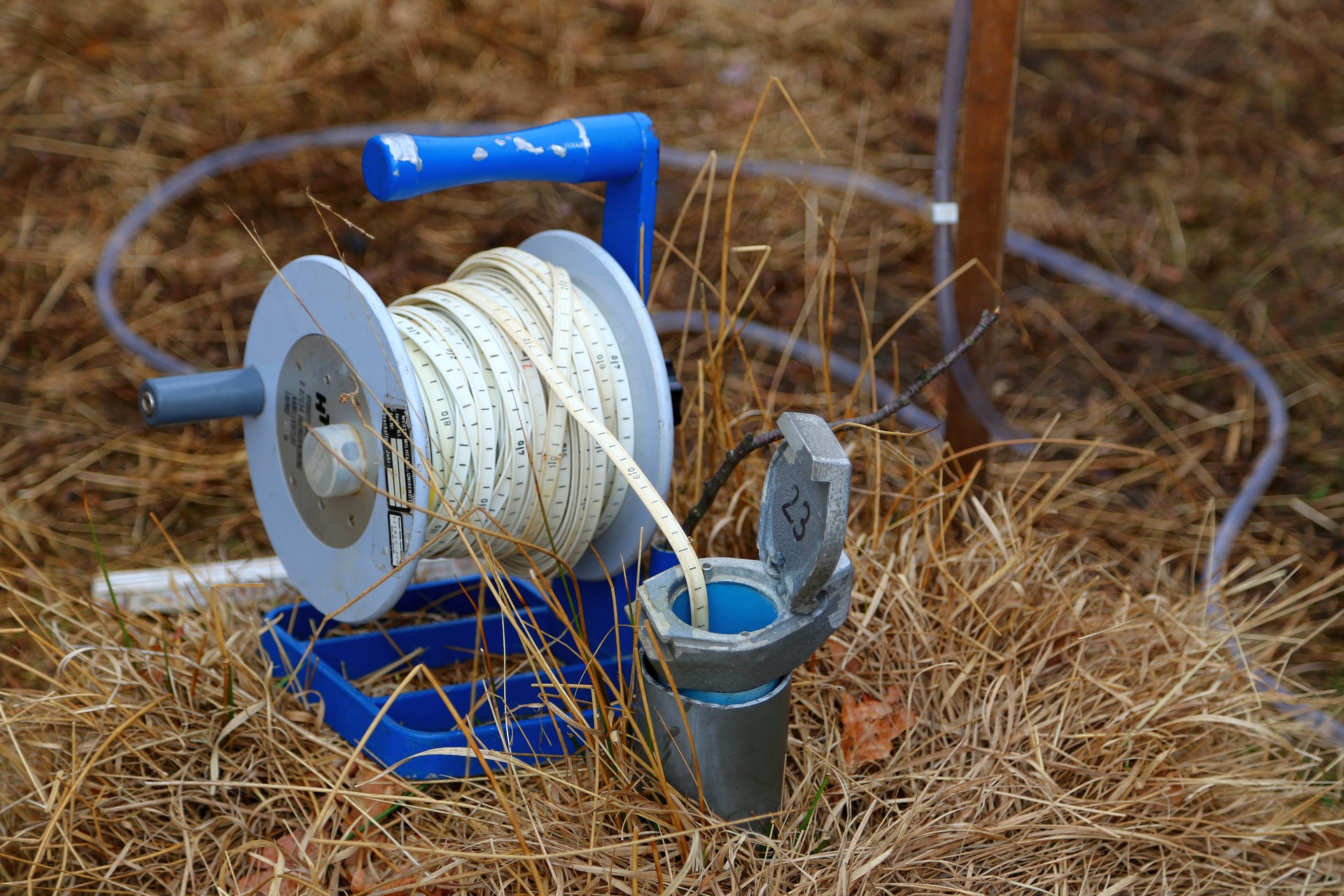Originally posted at the Public Policy Institute of CA.
By Lori Pottinger.
California was one of the last western states to regulate the use of groundwater. Now, the state’s landmark law mandating sustainable use of this critical resource is significantly changing how communities manage it. We talked to Thomas Harter—a groundwater expert at UC Davis and a member of the PPIC Water Policy Center’s research network—about implementing the 2014 law, which he calls “the most important water legislation in 50 years.”
 PPIC: What are the key components of groundwater sustainability?
PPIC: What are the key components of groundwater sustainability?
Thomas Harter: The state law is based on six “commandments” that interpret what groundwater sustainability means: thou shall not draw down water levels too far, deplete storage in the aquifer, degrade water quality, allow seawater intrusion, cause land to subside, or use groundwater in ways that reduces other people’s surface water or harms ecosystems.
The law mandates that groundwater must be sustainably managed for the long run. It’s not an option. Another critical piece of the law is that it be managed locally. This is an opportunity for local agencies, water districts, and stakeholders to take charge of whatever needs to be done.
Another important aspect is having everyone around the table who’s benefiting from, using, or concerned about groundwater. Stakeholders may have to make decisions on how to augment their groundwater supplies or how to reduce demand to make local use sustainable. People are going to come to the table with different core issues—for example, some will be more concerned about protecting domestic water users, while others will be focused on the economic impacts of using less groundwater.
PPIC: What more do we need to know about our groundwater basins to better manage them?
TH: We have to understand the resource, and how our uses affect it. What are water levels doing? Are we degrading the quality of groundwater? Is it being used or managed in ways that harm surface water uses and users? That kind of basic understanding is really important.
There are some important things we need to know about the state of our groundwater that the state could play a role in, which would help locals bring their basins to sustainability.
First, the state has a responsibility to monitor land subsidence across California, as sinking land is one of the key indicators of unsustainable conditions. We need more consistent measurements to determine how fast land is subsiding. The state would be in the best position to collect this data, and make it useable and accessible to local groundwater sustainability agencies.
The state is also in the best position to collect data on land use and evapotranspiration, which is a measure of how much water plants use. Evapotranspiration is one of the biggest water budget components in the state and the largest single consumptive use. In other words, it is water that is removed from the water system through use or evaporation by plants, consumed by people or animals, or incorporated into products or crops. Having a high-resolution understanding of evapotranspiration and how it changes over time and across years will be critical to ensure we have accurate water budgets.
California also needs to get back to more frequently mapping land use across the state and make that data available. Land use is closely related to evapotranspiration. To devise an accurate water budget, you need to know which field is planted in which crop at which time of year, which areas are being urbanized, and where other changes in land use are occurring.
The state’s system for gauging streamflow also needs work. To make good decisions, locals need a better understanding of the contributions of groundwater to their tributary streams. The US Geological Survey and the Department of Water Resources, which manage these gauges, are struggling to keep up with the network they have, and many gauges have been discontinued due to lack of funding. We need to fund ongoing maintenance of this water-monitoring network so we don’t lose a legacy of valuable information. And we need to expand it in areas where groundwater and surface water are closely connected.
PPIC: What changes do you expect to see as communities move to implement the groundwater law?
TH: I think the biggest thing is that, at the local level, we’ll have a much broader stakeholder group informed about and engaged in their groundwater system. There will be greater understanding about the interconnections between land use, groundwater, surface water, and water supply and quality, and about the kinds of projects we can do to address sustainability issues. I hope that in 10 years we’ll have a better understanding of how we can transition to sustainable resource management with the least amount of economic pain. I think there are opportunities for creative solutions that are win-wins for the environment and people dependent on groundwater resources. I also think that having a better understanding across stakeholder groups will lead to increased cooperation, which will be important for implementing and funding solutions.





